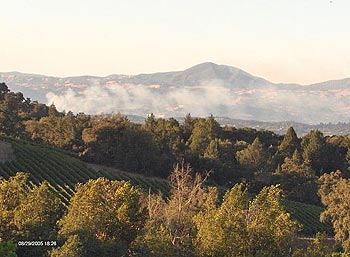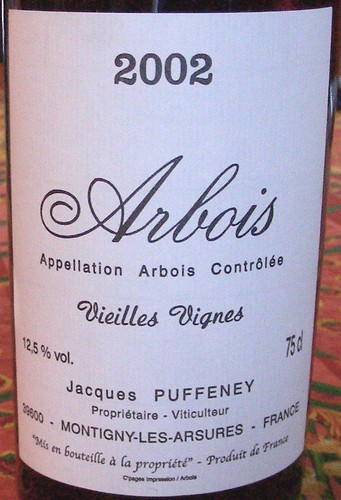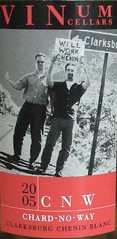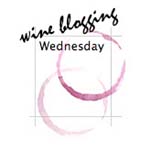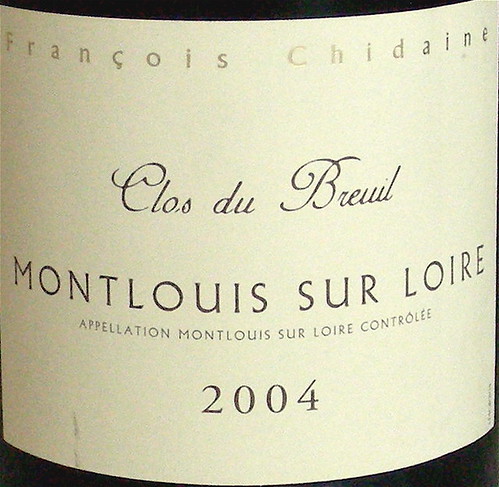 There was an article on slow wine in the Summer edition of Edible San Francisco, that featured an interview of Randall Graham, the iconoclastic winemaker of Bonny Doon Vineyard. Most of us are familiar with Slow Food, the international movement opposing fast food, but who has any idea of what a slow wine is?
There was an article on slow wine in the Summer edition of Edible San Francisco, that featured an interview of Randall Graham, the iconoclastic winemaker of Bonny Doon Vineyard. Most of us are familiar with Slow Food, the international movement opposing fast food, but who has any idea of what a slow wine is? “Essentially, slow wines are complex.” explained Grahm when asked to share his latest thoughts on slow wine and slow winemaking, “They're rich in minerals. The more minerality that one is able to extract from the vines, and the less obscene the degree of overripeness at which one harvests the grapes, the slower the wines tend to be.” And then he added on the virtue of slowed wines: “Slow wines are unique and therefore irreplaceable. They cannot by definition become commodities. Slow wines are the ones that enliven the spirit, take your breath away with their complexity, and generally make you believe that despite all the travails of this mortal existence, life is worth living.” The whole interview can also be found on the slow food forum.
Curiously, a few days ago, as I was reading Lawrence Osborne's excellent book The Accidental Connoisseur: An Irreverent Journey Through the Wine World, I found a similar quote from Mitchell Klug, at the time vineyard manager for Mondavi: “You can see it everywhere, this culture of instant change. But with wine you hit a problem. Our culture is fast, but wine is slow. It takes decades. The irony with all these novelty cult wines is that wine has a different mentality from commodities that can change very quickly. It isn't music or fashion or software. You can't change a vineyard overnight.”
I had not realized until now how trenty the slow wine concept was, but now I am wondering: what is more important, the quality of a product or how it is consumed? Can a slow wine really be slow unless it is enjoyed by a slow consumer, I mean someone with a convivial attitude, someone that can take the time to share long meals with friends? Who really makes a wine slow? The winemaker or the consumer?
Technorati tags: wine food & drink
